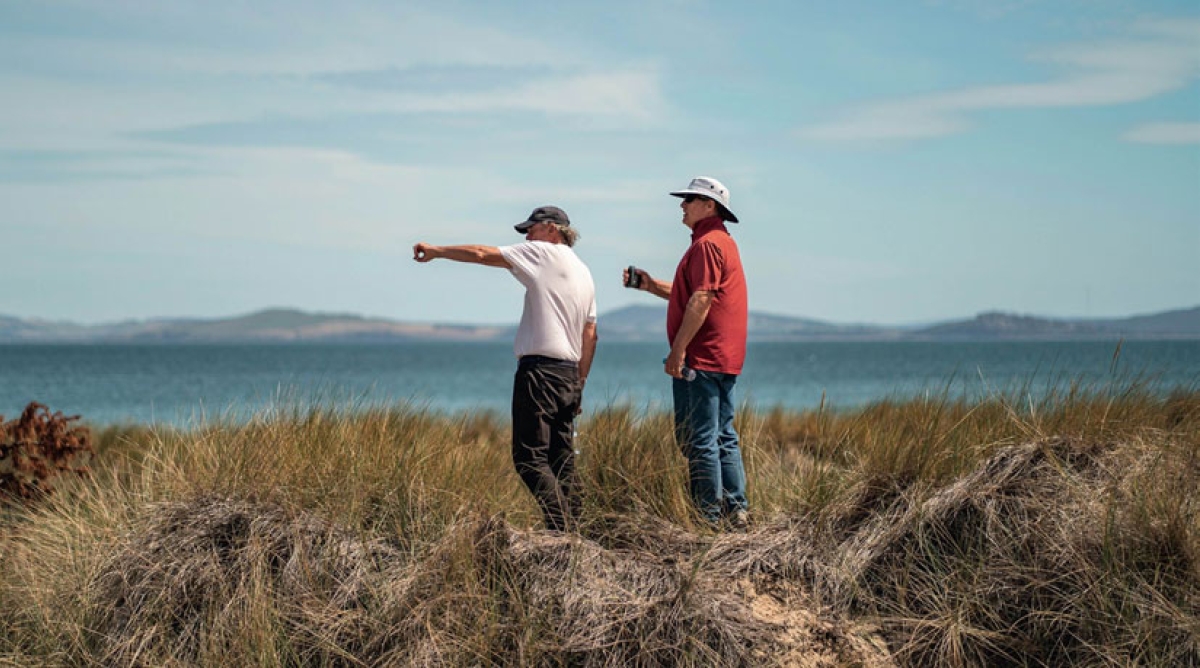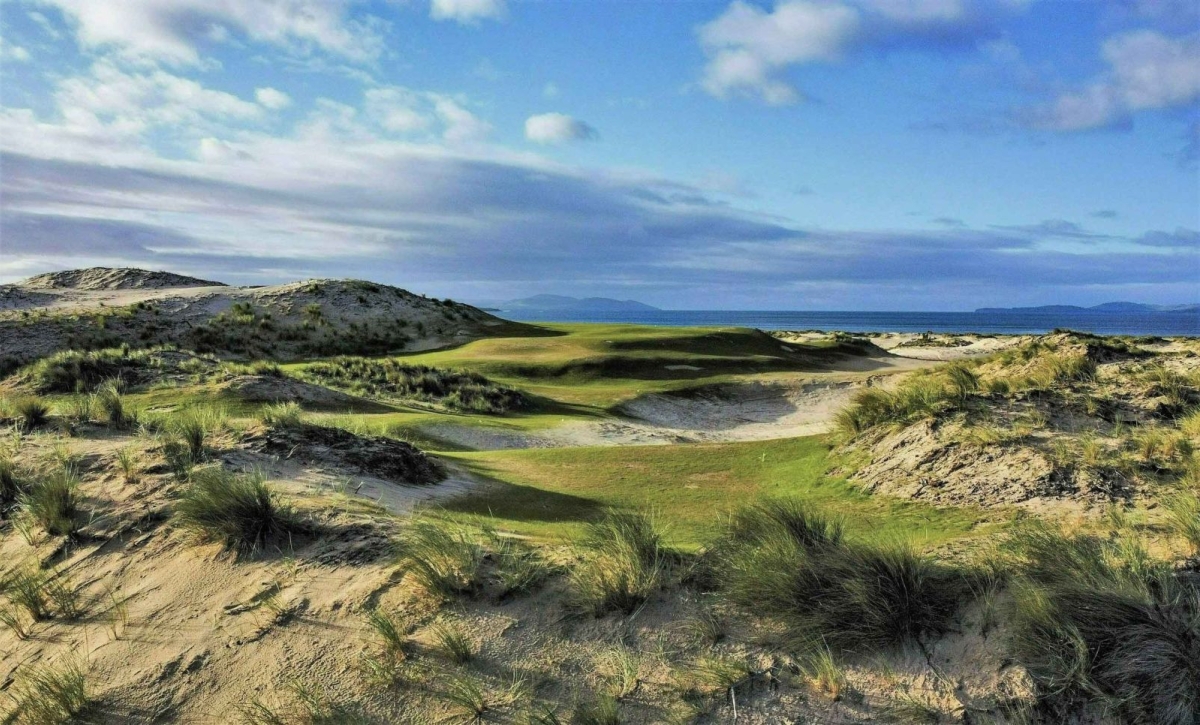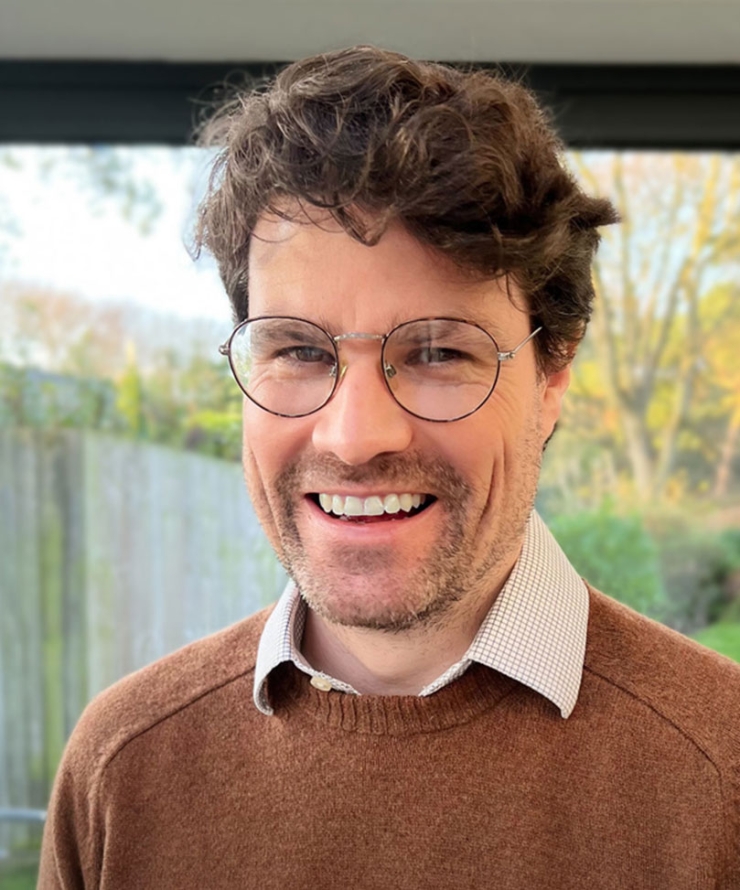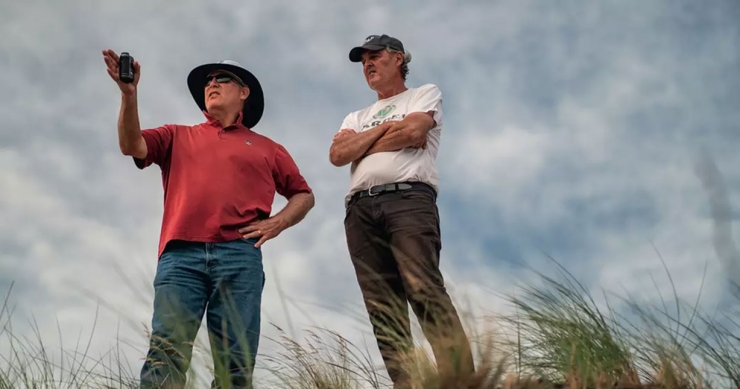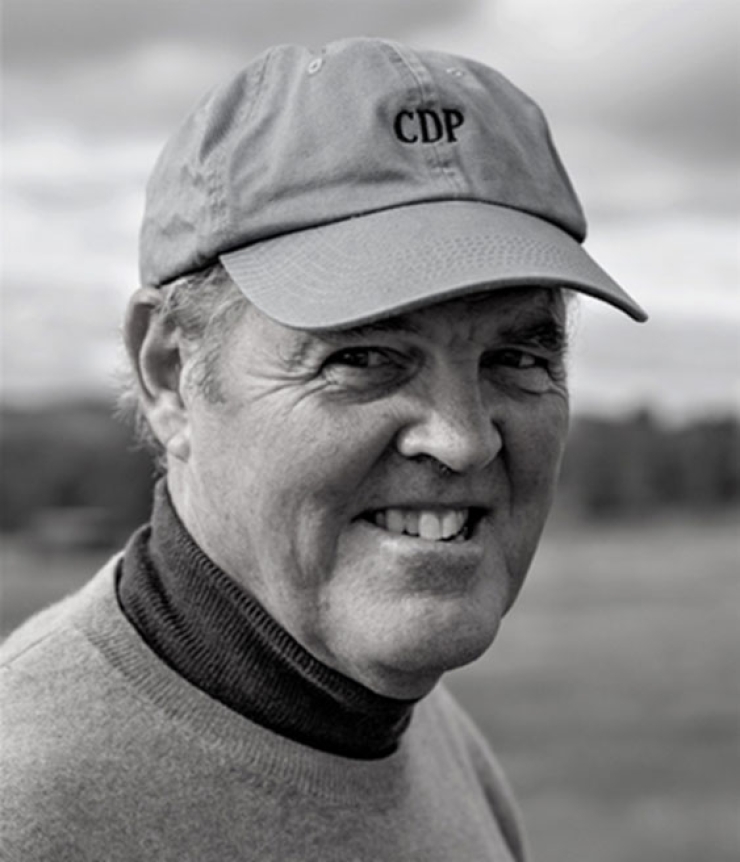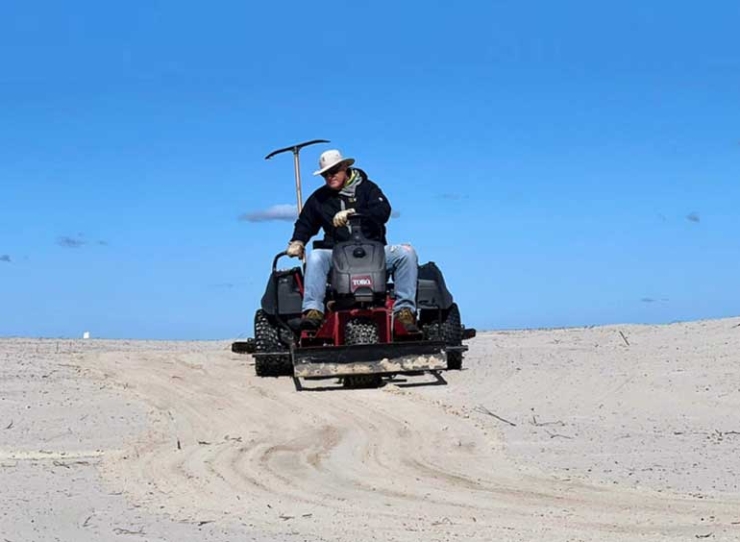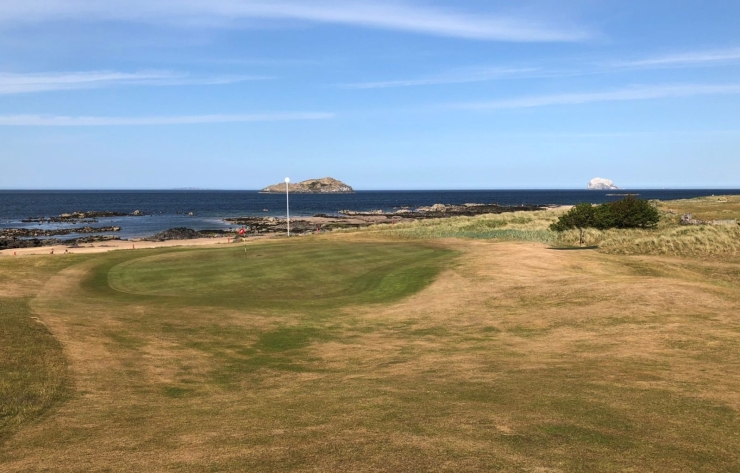16 May 2022
Designing In The Field
Normally a brief from a golf club or a client to a golf course architect is reasonably extensive.
Something of an exception was Richard Sattler, the Barnbougle owner who simply told Tom Doak and I – “I don’t care what you do – just don’t screw it up.”
Being a non-golfer (then but not now), he had no idea the difference between a course with a par of 69 and one adding up to 73, and 72 certainly wasn’t a number he had fixed in his head as a non-negotiable. But talk to the average member (assuming such a person exists) about knocking the par of their home course down from 72 to 71 and you’d think it was both a criticism of the course and a demeaning suggestion to make it something less than the ‘norm’.
No matter that just over half of the world’s Top-100 courses aren’t par 72 and Pine Valley – arguably the best of them all – is a par 70. And The Old Course gets to 72 by having only two par-3s and two par-5s.
Good luck selling that one to a club committee!
Barnbougle Dunes evolved as it was being built and whilst nothing changed radically after Mike Keiser of Bandon Dunes fame suggested reversing the routing of the back nine (the original 10th hole played backwards up the 18th and the 17th and 18th holes came backwards down what are now the 11th and 10th holes).
It was what the first-class American architect Gil Hanse would describe as ‘routing in the field’. Like almost everyone else, Hanse is a fan of the work of the Golden Age of course design, which ran roughly from the making of The National Golf Links of America in the early 1910s through to the completion of Augusta National in the early 1930s.
Here in Australia so many of the best courses in the country were made from the mid-1920s to the early 1930s.
Most were influenced by Alister MacKenzie, one of the principal global architects of the period.
Without MacKenzie’s late 1926 visit our golf would likely be on a par with South Africa’s. Decent but no better.
Hanse notes: “However, as we celebrate their accomplishments, we drift farther and farther from the true heart and soul of their work.”
“Golf course architecture,” Hanse argued in the late 1990s, “has become more sterile in its approach to the design, construction and maintenance of golf courses.”
To do justice to men including MacKenzie and Alex Russell, the great Australian architect of the time, Hanse suggests the modern-day architect concentrate on designing in the field.
“It is only then that the true nature of the golf course will make itself evident to the designer.”
It is more difficult to ‘work in the field’ when your clients are club members eager to understand what exactly is happening to his or her course. It’s more difficult to say to a thousand people, “just trust us” and have them accept a radical change to one of the things they have most affection for in their lives. Imagine venturing to an existing club and suggesting, as Keiser did at Barnbougle, the back nine be reversed – no matter if it would undoubtedly make a better course.
Hanse himself couldn’t convince the members at Royal Sydney to finish with a par-3 no matter how meritorious the rest of his original plan was – and it was really good. As would the par-3 to finish but so bound by convention are we that it was a bridge too far. It’s a time when golf has tended to rely on what worked in the past and, as Hanse once wrote, “to shy away from the unconventional or the innovative.”
Writing a plan for a club ought simply to focus on principles and concepts and it should set out a case for change. Whether or not, for example, there are two or three fairway bunkers at the 4th or what the exact finished level of the 16th green might be is always something better decided in the field as the hole is coming out of the ground. It’s almost inevitable you will see something unexpected to make the golf more interesting or visually more attractive.
One example I’m familiar with was the change to the 16th and 17th holes on Peninsula’s (before it became Peninsula Kingswood) South Course.
The 16th was to remain a par-3 but swing way to the east, something allowing the 17th tee and hole to be better aligned.
It made sense and both would have been decent holes but not long before the work was due to start, Bruce Grant and I saw we could use the land more productively by playing the 16th as a long five, the 17th as a three onto what was the 18th tee and moving the 18th tee to the north.
It undoubtedly made for better golf but it happened only because the committee embraced the idea once we’d explained it. Not all memberships would have been so willing.
Equally as exciting as both Barnbougle and Cape Wickham were for Mike DeVries and me is Mat Goggin’s new course at Seven Mile Beach.
Goggin first told me 25 years ago that one day he was going to build a course in the dunes by the beach only ten minutes from Hobart’s airport. It seemed far-fetched but he’d explored the land as a kid and thought the dunes covered in Radiata Pines (weeds essentially) might be ideal for golf.
Seven Mile Beach truly is a course being designed in the field because the first time Mike, Mat and I walked the land it was covered in trees. Walking through them, it felt like good golf – great golf potentially – but when there are only a few places where you can see 50 metres ahead, inevitably things changed once it was revealed.
From our original routing, the 4th green moved 80 metres to the left, which then added 80 metres to the 5th. The 13th green moved almost the same amount and what was a long par-4 became a short four – drivable for the longest hitters. The par-3 14th, as a result, changed as well and for the better.
Currently we are debating whether the 6th should be a long par-5 or a long four and what happens there will likely determine whether the 18th is a short five or a long four. Both could be par-5s but that would make the par 73. Maybe we need more long holes just to test the longest hitter’s longest shots? Or maybe they will be too long when the administration roll the ball back a few years from now?
They are all fun, stimulating discussions and Goggin is an understanding client whose input is respected and more than useful.
Of course, this ‘designing in the field’ concept is only possible because DeVries is there every day building the work and constantly thinking “five steps ahead” about how the whole thing is evolving. Which, of course, is only possible because he’s not building multiple courses at one time and as Hanse says, “by being on site for an extended period of time, the architect can mould the land to accomplish whatever effects he desires.”
It’s especially true when the whole site is perfect sand for as far as you can dig down and ‘mistakes’ can be easily erased, and new ideas embraced.
Not long ago DeVries coaxed, it’s fair to say, a willing Goggin into a skidsteer loader and instructed him to work on the 5th tees. “Don’t worry if you mess it up – I’ll erase everything you do anyway and fix it later!”
Interestingly Zac Blair, a PGA Tour player like Goggin, is developing The Tree Farm, his own passion project in South Carolina.
Few Tour players likely have a comparable interest in, or passion for, golf course architecture as either Blair or Goggin, but long after their playing days are over both will have contributed more to the game than others with more trophies in the cabinet.
Written for Golf Australia magazine by Mike Clayton, May 2022

